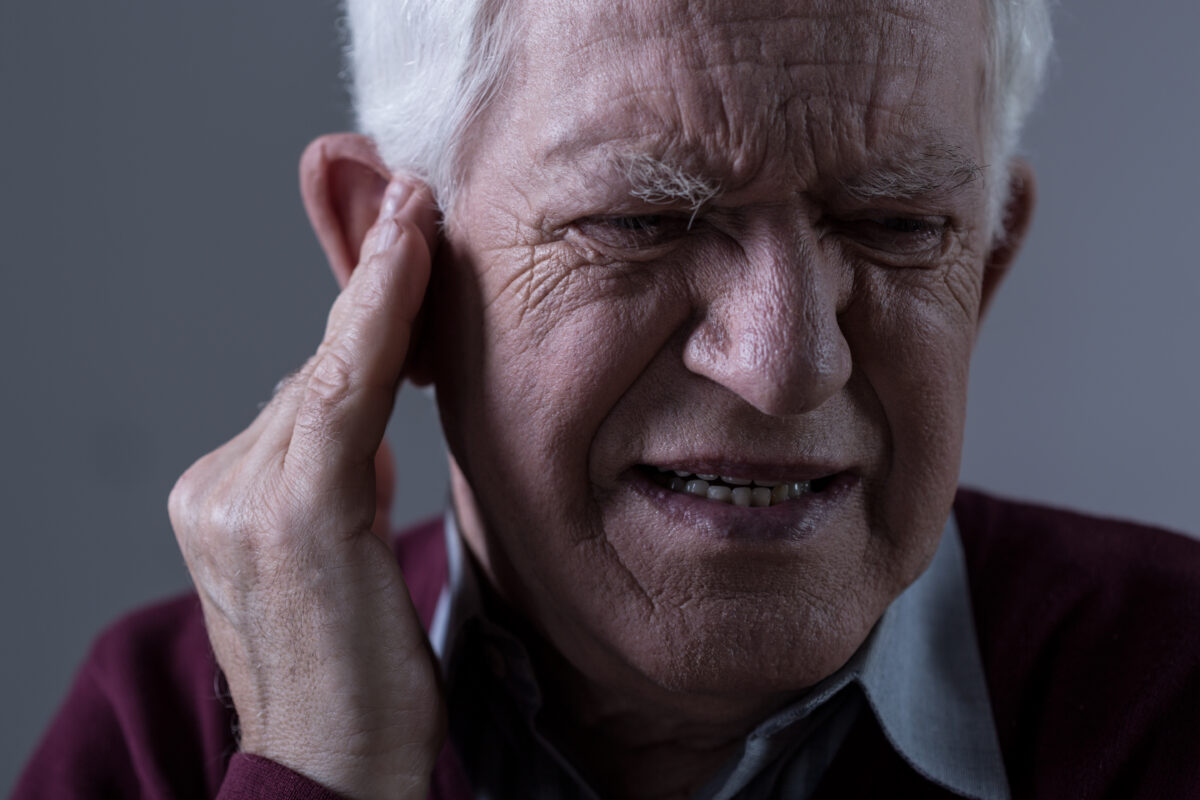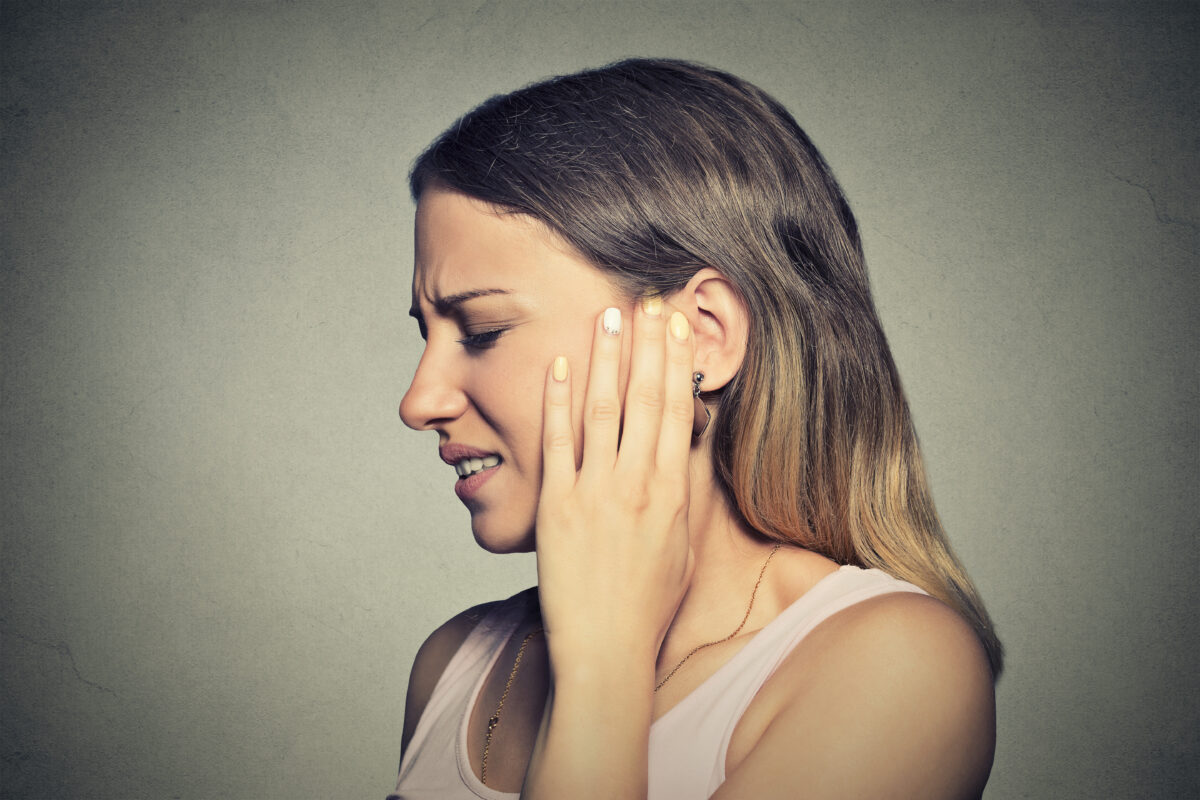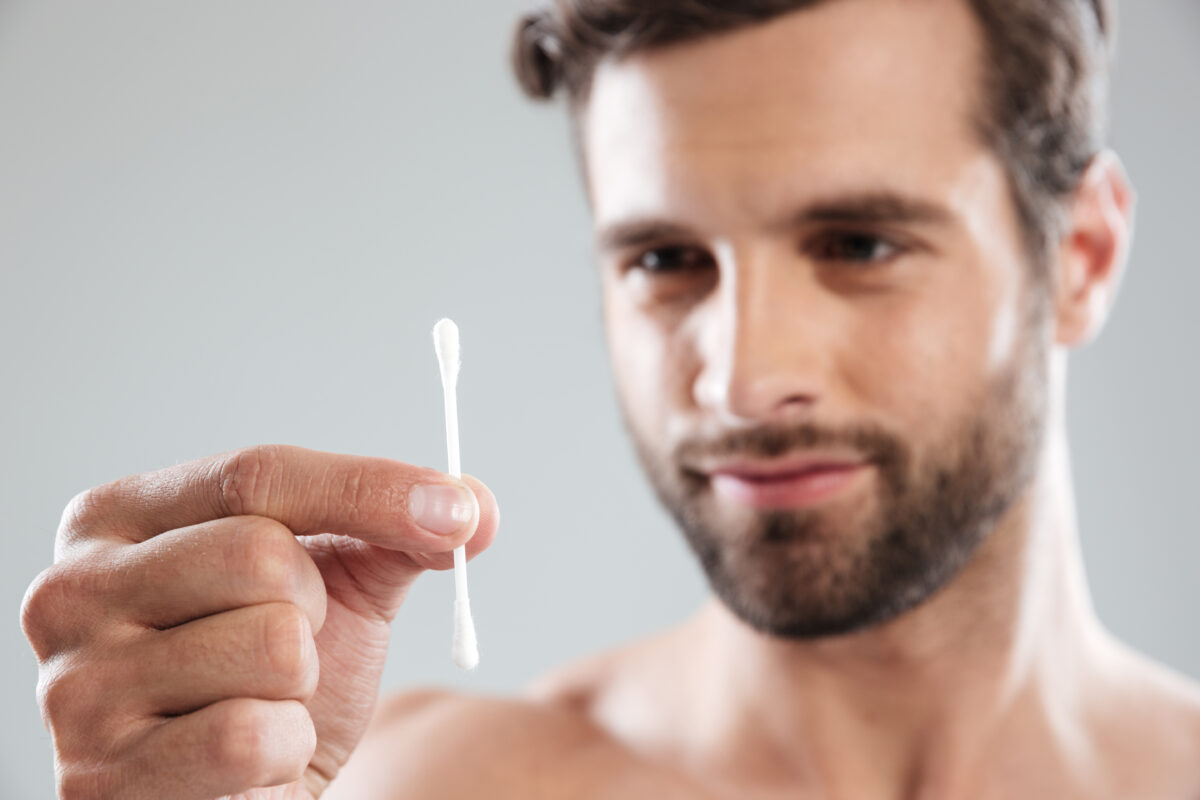The word tinnitus tends to scare people. It is difficult for sufferers to describe this phenomenon precisely: a sort of strange parasitic noise in the ear, somewhere between a hissing and buzzing sound, which is sometimes very unpleasant. Very often, its symptoms fortunately stop over time, but it is better to have some information on the subject. Find out here what causes it, how to prevent it from happening and how it might affect your everyday life.
What is Tinnitus?
Tinnitus is a disturbing noise directly in your ear. Tinnitus can manifest itself as a chirping, screeching or buzzing noise that can vary in intensity. It is not a disease, but a symptom of another health problem. There are many ways to prevent or treat tinnitus, for example with the help of white noise.
While some tinnitus can last for months or even a lifetime, others disappear as quickly as they appeared. There are 3 different types of tinnitus:
- Acute tinnitus lasting on average 3 months
- Subacute tinnitus lasting from 3 to 12 months
- Chronic tinnitus when it lasts more than a year
Tinnitus’ categories
This depends on the type of tinnitus. Whether the tinnitus is pulsatile or not, we tend to classify them into two broad categories, the second of which refers to tinnitus that is much more difficult to experience than the first.
- Compensated tinnitus: compensated tinnitus is a buzzing sound inside the ear that is not very noticeable, as if it were distant or masked.
- Decompensated tinnitus: more pronounced in its intensity, this type of tinnitus can cause real anguish if it is experienced over a long period of time. People who suffer from it are often afraid that it will get worse and this phenomenon tends to cut them off from their loved ones. Another result is what is known as hyperacusis, i.e. increased sensitivity to other everyday noises around them.
How long does Tinnitus last
While some tinnitus can last for months or even a lifetime, others disappear as quickly as they appeared. There are 3 different types of tinnitus:
- Acute tinnitus lasting on average 3 months;
- Subacute tinnitus lasting from 3 to 12 months;
- Chronic tinnitus when it lasts more than a year.
Tinnitus Causes
Although it is impossible for a health professional to measure this phenomenon during a hearing test and its origins can be multiple, there are two main families:
Subjective Tinnitus
Subjective tinnitus is the term used for tinnitus that is not caused by external sound stimulation, which makes it more difficult to identify the triggering factors. Subjective tinnitus can therefore be caused by different parts of your ear, but also by your nerves or your brain. This type of tinnitus can also occur after a blockage in your ear canal (e.g. earwax plug).
- It can be caused by a sound trauma, but also by a hearing impairment or so-called presbycusis, i.e. a progressive neuro-sensory loss of hearing. According to some scientists, damage to the inner ear may result in the transmission of sound to the brain being interrupted and the brain itself creating sound to compensate. This results in the patient feeling that he or she can hear a sound in one ear while being deaf.
- In the middle ear, damage to the eardrum or inflammation could also be a factor.
- Brain dysfunction caused by meningitis or tumours can also lead to tinnitus, and even if the auditory nerve is severed, the tinnitus persists.
- Finally, tinnitus can be caused by psychological causes.
Objective Tinnitus
This term is used for tinnitus that is related to another disease identified as Meniere’s disease. This is characterised by dizziness, nausea, tinnitus and progressive hearing loss. This objective tinnitus is usually located in the inner ear. Unlike subjective tinnitus, it can be measured by an ENT doctor using special equipment and then treated or operated on.
- Vasoconstriction (i.e. reduction in the diameter of blood vessels) of the inner ear usually causes a noise that follows the rhythm of your pulse.
- Muscle cramps cause the patient to hear a rattling sound.
- Obstruction of the eustachian tube (small duct from the ear to the nasal cavity) also often causes tinnitus.
- Problems with the temporomandibular (jaw) joint can cause grinding or crushing noises.
Tinnitus Triggers
There are many potential triggers for tinnitus. Illness, stress or other factors are all possible. That is why it is essential to determine the cause in order to adopt the right treatment. A hearing aid can help.
Stress
Working too hard or having a painful experience can cause tinnitus, which is often one of the first S.O.S your body sends.
Medications
Some drugs can have the undesirable effect of causing tinnitus, in particular those used to combat rheumatism, pain and depression, but also more targeted drugs against malaria or hypertension (e.g. ACE inhibitors or beta-blockers).
Noise pollution
Too much exposure to noise can cause tinnitus. Hearing protection is therefore strongly recommended when working in the construction industry or in a discotheque.
Salt
For a person suffering from tinnitus, it is strongly recommended to watch his diet. Salt and spices in excessive quantities can indeed amplify the interfering noises felt. Although there is no proof, scientists are also looking at glutamate.
Alcohol, drugs, nicotine and caffeine
All of these can cause tinnitus.
Conclusion
As you can see, there are many potential causes of tinnitus and they can be very different. Knowing the source of the problem is therefore crucial if you want to be able to benefit from a suitable treatment. Among the solutions that can be recommended by a health professional are hearing aids, the different types of which we detail for you here.
Try Calminax to get rid of Tinnitus: Calminax.




